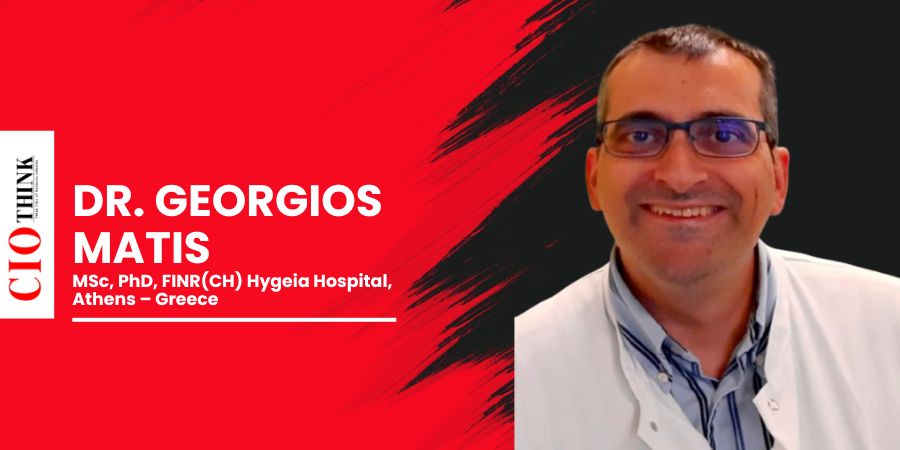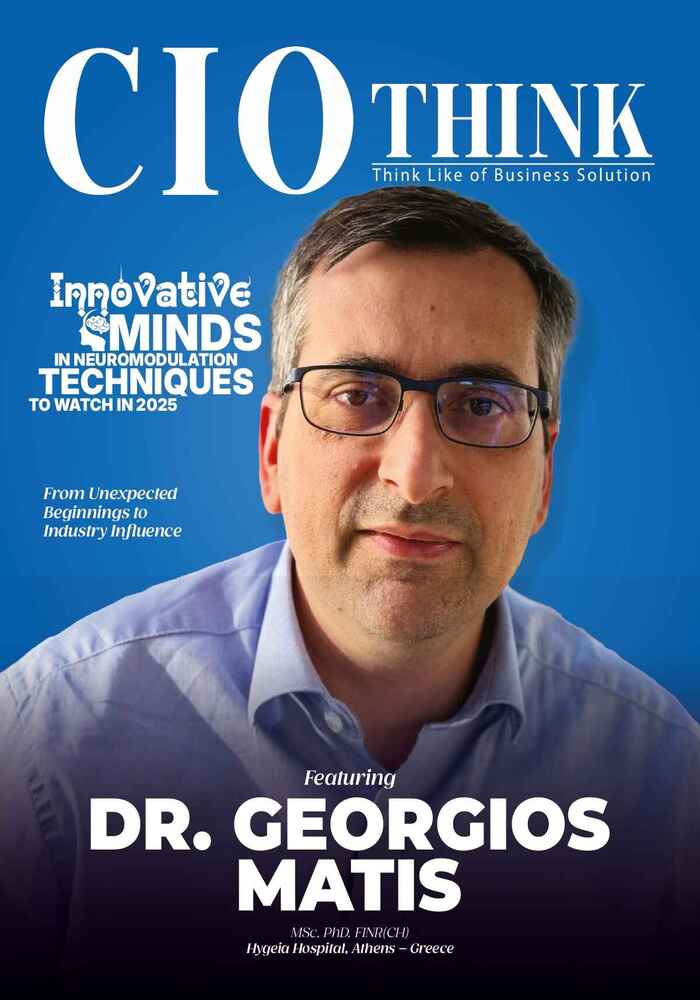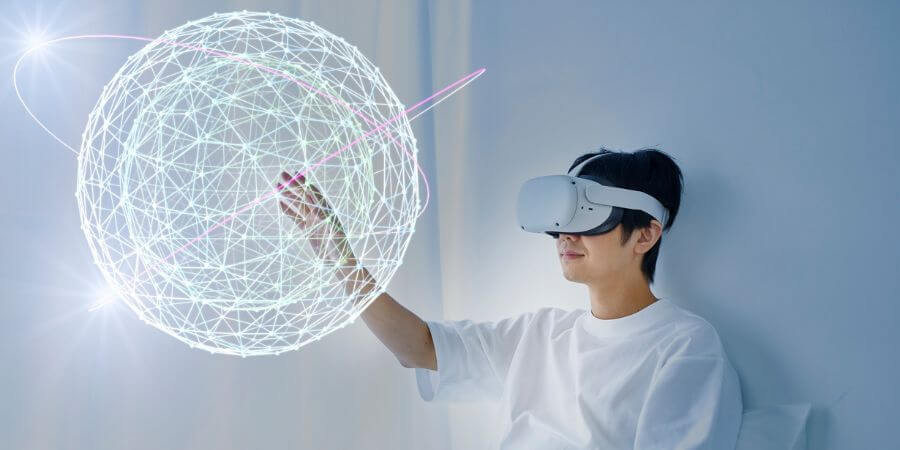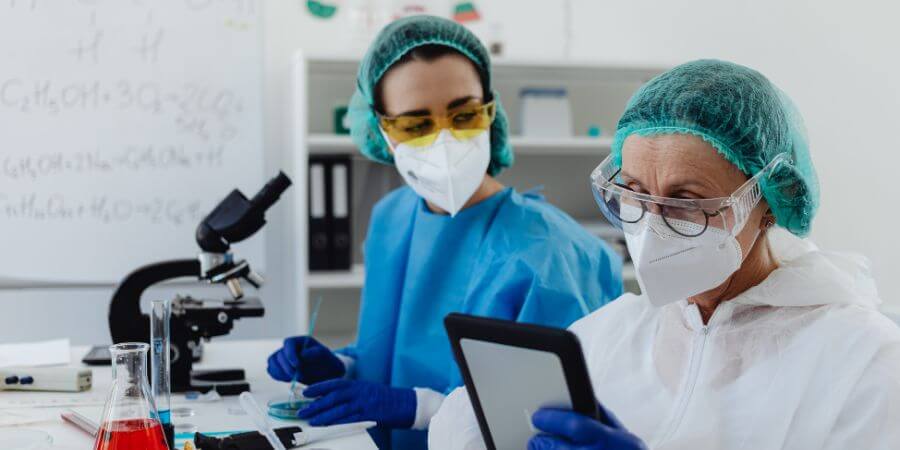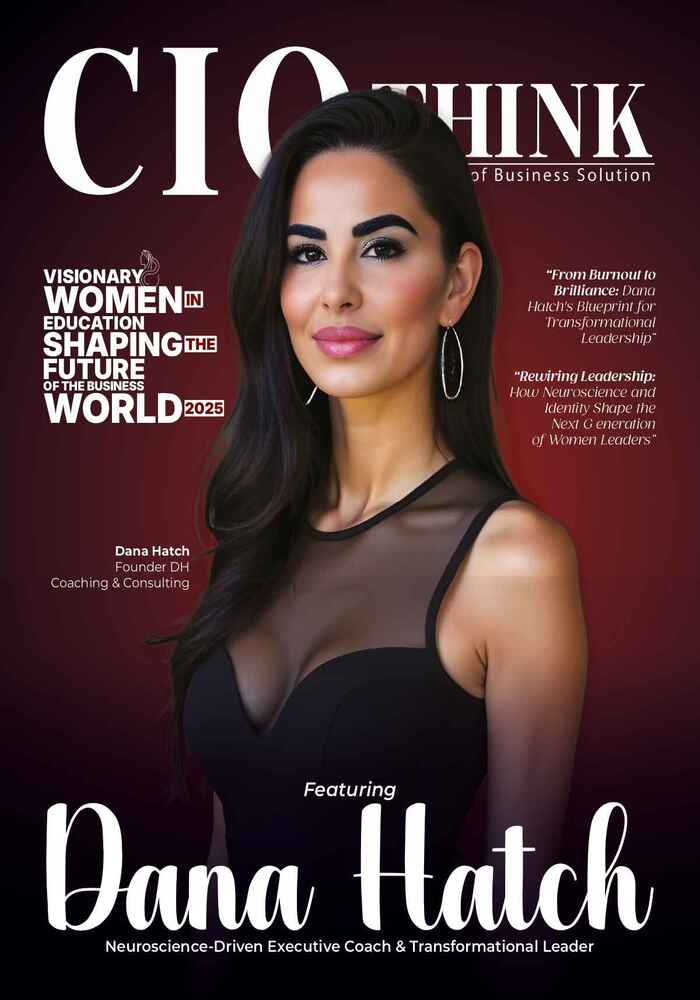Hygeia Hospital, Athens – Greece
At the intersection of science, art, and humanity stands Dr. Georgios Matis, well-known European neurosurgeon and internationally recognized specialist in neuromodulation. Succeeding him to lead the Chronic Pain / Spasticity – Neuromodulation Unit at Hygeia Hospital in Athens, he is striving to make it an actual Center of Excellence within the field.
His journey has taken him from Greece, to Germany, and then Switzerland, and ultimately to the United States, where he combines old-world European training with exposure to revolutionary advances in North America. He is licensed to practice in four nations, and his practice integrates clinical accuracy with philosophical reflection and artistic creativity.
For Dr. Matis, neuromodulation is not a medical subspecialty but rather a symphony of science and humanity. With groundbreaking work in spinal cord stimulation, intrathecal therapy, and innovative technologies like multifidus stimulation and closed-loop technology, he is giving patients back their dignity, mobility, and sense of life.
An author of “Intrathecal Therapy and Ziconotide: A Guidebook for Pain Treatment,” “From Surgeons to Writers,” and “Pain and Pulses,” he has thus bridged clinical science with human narrative. He is also on important academic and executive roles, from Editorial Board Member of Neuromodulation: Technology at the Neural Interface to Secretary of the German Society of Neuromodulation, and Co-Chair of the International Neuromodulation Society’s Medical and Public Education Committee.
One of the “Innovative Minds in Neuromodulation Techniques to Watch in 2025,” Dr. Matis shares his tale in this private Q&A, sharing with us his philosophy, career path, and vision for the future of neuroscience.
Dr. Matis, how did you become interested in becoming a neurosurgeon and eventually specialize in neuromodulation of spasticity and chronic pain?
The seed of neurosurgery was planted in me early, driven by the same passion that had driven Beethoven who, though hearing-impaired, had composed music that transported sufferers away from torment. Neurosurgery, as symphonic music composition, is a matter of harmony between vision and accuracy, science and empathy. What had attracted me to neuromodulation (NMD) was the concept that technology was to be a soft hand, an invisible instrument, adding melody to patients gagged by spasticity and pain.
For as Heraclitus once put it, ‘There is nothing permanent except change,’ and neuromodulation clings to change to get back dignity and movement. With the passage of time, I became a surgeon, advocate, author, and educator. My books—Intrathecal Therapy and Ziconotide, From Surgeons to Storytellers, and Pain and Pulses—are the fusion of science and man’s tale. Immediately, as the Head of the Chronic Pain / Spasticity Neuromodulation Unit at Hygeia Hospital, I envision it becoming a Center of Excellence. From multifidus stimulation to closed-loop spinal cord stimulation with waveforms such as FAST, Contour, DTM, and BurstDR, neuromodulation not only treats patients but restores to them a new song of life.
Pull Quote: “Neuromodulation offers patients not only treatment but a renewed song of life.”
With your global training experience in Greece, USA, Switzerland, and Germany, how has all this varied experience influenced your perception of patient care and innovation?
Border-hopping in training educated me as Bach educated polyphony, blending voices into one harmonious work. Greece educated me on philosophy and beginnings, Germany educated me on discipline and exactness, Switzerland educated me on balance and equity, and the USA educated me on audacity in creativity. This world groundwork allows me to see patients not as cases, but as dense symphonies to be resonated.
Whether pioneering in far-off programming, refining closed-loop systems, or foraying into AI, I see each device as a global vocabulary, the way music itself is. As Editorial Board Member of Neuromodulation: Technology at the Neural Interface and Secretary of the German Society for Neuromodulation, I can merge these perspectives, leaving space for dialogue and world-building. Diversification of training had become diversification of mind—and that is innovation’s secret.
Pull Quote: “I see patients not as cases, but as complex symphonies waiting for resonance.”
Why was there a motivation to dedicate your professional life to the care of patients with some of the most disabling neurological diseases?
The motivation came from recognizing that suffering can silence both body and spirit. Like Chopin’s music, which reflects human fragility, I’ve met patients whose every movement was a struggle. Neuromodulation gave me the tools not only to treat but to rekindle life, to transform agony into possibility, despair into dignity.
As INS Committee for Medical and Public Education Co-Chair, I educate, advocate, and empower patients. Spinal cord stimulation, ziconotide intrathecal therapies, and peripheral nerve stimulation are bridges back to living. The greatest gratification is to see a patient take a step again, eyes regain luster. The ancient Greeks reminded us, ‘To heal is to serve both body and soul.’ That remains the heartbeat of my calling.
Pull Quote: “Neuromodulation turns agony into possibility, despair into dignity.”
Is there a telling example of a patient that made your cause worthwhile?
One of my patients whom I will never forget, with multiple failed back surgeries, was mired in chronic pain. We built a rhythm with closed-loop spinal cord stimulation that adapted to respond to her physiology. She regained function, worked in her garden, played fetch with her dog. Pain, which had been her master, was now a distant memory.
These are the moments that shape my purpose. Behind each publication, book, and innovation is a patient waiting to be set free. Rilke wrote, ‘The only journey is the one within.’ Setting patients free to make that journey is mission and inspiration.
Pull Quote: “Pain, once her captor, became only a distant echo.”
How did your experience of leading Pain/Spasticity Section at University Cologne Hospital shape your vision?
My time in Cologne was profoundly formative, much like Gustav Mahler’s music, which evolves between despair and transcendence. I learned that neuromodulation is not a last resort, but the first hope for patients to reclaim life. During this period, I honed my expertise in spinal cord stimulation, intrathecal therapies, radiofrequency procedures, and explored innovative approaches such as multifidus stimulation and AI-driven strategies.
Now, at Hygeia Hospital, I apply these lessons to go beyond symptom control and truly enhance quality of life. Neuromodulation, for me, is both science and art — requiring sensitivity, imagination, and compassion. As Plato once said, “Music gives a soul to the universe, wings to the mind, flight to the imagination, and life to everything.” In many ways, neuromodulation achieves the same for patients, restoring harmony and vitality to their lives.
What are a few of the new methods you think will advance most in the next five years?
Spinal cord stimulation, particularly closed-loop with waveforms like FAST, Contour, DTM, and BurstDR, will change rapidly. Stimulation of the multifidus will alleviate chronic low back pain, and remote programming will make geography irrelevant. Intrathecal drugs like ziconotide remain in use, and pulsed radiofrequency supplements more advanced modalities. The future is polyphonic: each therapy is contributing to a more symphonic recovery symphony.
How do you balance advancing science and offering empathic care?
These two careers blend like Schubert composing lieder, close yet profound. Editorial is ordered; the OR calls for compassion and presence. Science and compassion are not opposed: each study and finding a person’s story. Ritual, not show, provides excellence. Daily effort provides synergy and harmony.
How significant is research in enabling clinical adoption of neuromodulation?
Research to medicine is akin to Mozart to classical music: precision and fantasy standing the test of time. Without it, neuromodulation has the potential to be starved. Multicenter trials, peer review, and collective efforts elevate experiments to levels of care. Research is imbued with the urgency of patient lives, making the impossible feasible.
How has global development been enriched by collaborations with international societies?
Just like improvisational jazz is teamwork, in neuromodulation dialogue flowering across borders and generations is urgently needed. INS, German Neuromodulation Society (DGNM), and Canadian Neuromodulation Society (CNS) allow for the sharing of knowledge through which great neurosurgeons teach trainees, innovating on far-off programming, closed-loop stimulation, and emergent waveforms globally. It is collective knowledge that is more potent; untapped knowledge is less potent.
Neuromodulation is rapidly evolving. What do you see as the most exciting innovations on the horizon for pain and spasticity management?
The horizon of neuromodulation resembles Claude Debussy’s impressionist canvases in sound: fluid, transformative, and filled with shimmering possibilities. Closed-loop spinal cord stimulation, with its capacity to respond to the body’s internal rhythms, is perhaps the most revolutionary, offering personalized medicine at a neural level. Multifidus stimulation for chronic low back pain, too, represents a paradigm shift addressing root causes rather than symptoms. Remote programming will democratize access, ensuring that expertise is not limited by geography but shared across continents.
Equally exciting is the integration of artificial intelligence, not as a replacement for physicians but as an amplifier of wisdom, allowing us to identify hidden patterns, optimize therapies, and predict outcomes. Intrathecal ziconotide remains a cornerstone for complex cases, and future innovations may refine its delivery. Together, these developments form a new Renaissance in medicine, reminding us of Pythagoras’ insight that harmony (whether in music or the nervous system) remains the deepest form of healing.
You’ve also embraced AI and explainable artificial intelligence in your professional development. How do you see these technologies complementing neuromodulation in both research and patient care?
AI is to medicine what Philip Glass is to modern music: repetition and pattern revealing structure and meaning in unexpected ways. In neuromodulation, explainable AI can complement closed-loop stimulation by predicting neural responses, refining waveform selection, and guiding the personalization of therapy. It can process the vast data streams from FAST, Contour, DTM, and BurstDR programming, enabling clinicians to focus not only on efficacy but on the human context behind the data.
Equally, in research, AI allows us to see connections invisible to the naked eye. Predictive analytics, algorithmic clustering of patient subgroups, and outcome forecasting transform raw data into clinical insight. But for me, the most profound role of AI lies in enhancing, not replacing, the physician’s empathy. It is not technology versus humanity, but technology amplifying humanity. As Hippocrates once said, “Healing is a matter of time, but it is sometimes also a matter of opportunity.” AI helps us recognize those opportunities sooner.
As Editor-in-Chief of The Internet Journal of Neurosurgery and an editorial board member of other journals, how do you ensure that innovative ideas reach the wider medical community effectively?
Publishing is the echo chamber of innovation, much like how Antonio Vivaldi’s compositions carried across Europe in the Baroque era, shaping generations of musicians. As Editor-in-Chief and Editorial Board Member, my duty is to ensure that novel, even radical ideas in neuromodulation are not stifled by convention but subjected to fair, rigorous review. We create platforms for closed-loop spinal cord stimulation, multifidus therapy, and AI-driven care to be presented not as isolated curiosities but as future standards.
Dissemination must also transcend academic walls. Through open-access forums, educational committees of the INS, and cross-disciplinary symposia, we ensure that insights are accessible not only to neurosurgeons but to anesthesiologists, rehabilitation specialists, and primary care physicians. Knowledge is a river: it must flow to nourish all it touches. Like Plato’s cave, journals allow us to turn shadows into forms, bringing clarity to what was once obscure.
Digital tools and social media are becoming more prominent in science. How have you leveraged them to raise awareness and educate both patients and professionals?
Digital tools are our modern printing press, no less transformative than Johann Pachelbel’s steady Canon in D that endures across generations. Social media allows me to translate complex concepts like ziconotide infusion, closed-loop SCS, or multifidus stimulation into accessible stories that both patients and professionals can understand. Through carefully curated posts, I aim to blend education with empathy, to demystify technologies while always highlighting the human dimension of healing.
For professionals, platforms like LinkedIn and academic webinars expand networks, create dialogue, and democratize learning beyond physical conferences. For patients, these tools offer reassurance, transparency, and empowerment. They realize that neuromodulation is not science fiction but science serving humanity. As Co-Chair of the INS Education Committee, I see digital media not as distraction but as a stage, a place where knowledge can inspire, just as music inspires across centuries.
You often highlight the importance of intergenerational knowledge transfer. How can neuromodulation research and practice better integrate the wisdom of experience with the creativity of new generations of neurosurgeons?
This integration reminds me of Leonard Bernstein conducting; bridging classical traditions with modern interpretations, blending old mastery with fresh vision. Senior neurosurgeons bring experience: the knowledge of complications avoided, the nuances of patient dialogue, the ethical reflections that only decades of practice can provide. Younger colleagues bring creativity, digital fluency, and an unburdened curiosity. Together, they form a continuum where neither tradition nor innovation alone suffices.
As a mentor and educator, I see my role as creating spaces where this dialogue flourishes (whether through INS mentorship programs, society workshops, or the written word). In my book From Surgeons to Storytellers, I emphasize that each generation contributes a chapter to the same narrative. Intergenerational transfer ensures that neuromodulation advances not as fragmented experiments, but as a coherent philosophy where the wisdom of the past guides the daring of the future.
In your consulting and clinical practice, what has been one of the most meaningful transformations you’ve witnessed in a patient’s life thanks to neuromodulation?
I recall a man who, after decades of spasticity, could not embrace his daughter without rigidity contorting his body. Through intrathecal therapy with baclofen and ziconotide (off-label use), his condition softened (not entirely cured), but enough to permit what he longed for: a simple, natural embrace. It reminded me of Erik Satie’s minimalism: sometimes one note, placed with care, is enough to change the entire landscape.
These transformations remind me daily why neuromodulation matters. Patients do not dream of pain scores or statistical endpoints; they dream of walking, holding, living. Whether through spinal cord stimulation, peripheral nerve field stimulation, or intrathecal infusion, these therapies restore life’s simple yet profound gestures. The poet Epictetus said: “It’s not what happens to you, but how you react to it that matters.” Neuromodulation gives patients back the ability to react, to live fully in the face of adversity.
Beyond the operating room, you often emphasize education and mentorship. How do you see your role in preparing the next generation of neurosurgeons?
My role is similar to that of Giuseppe Verdi, whose operas served as both art and civic inspiration. To mentor is not merely to transfer knowledge, but to instill vision, ethics, and resilience. I see young neurosurgeons not only as technical apprentices but as future philosophers of medicine, entrusted with harmonizing technology, compassion, and responsibility.
Through societies, journal work, and direct mentorship, I strive to provide opportunities for hands-on learning, scientific writing, and active participation in international discourse. The “Chronic Pain / Spasticity – Neuromodulation Unit” I will lead in Athens will also become a hub of education, where new generations can train at the intersection of science and humanity. Mentorship is not about replication but inspiration; the passing of a torch, not merely a set of tools.
What do you consider the biggest challenges decision-makers in neuromodulation will face in 2025, and how should leaders prepare?
The greatest challenge is ensuring access and equity in a field advancing faster than health systems can adapt. Much like Pyotr Ilyich Tchaikovsky balancing grandeur with fragility, leaders must harmonize rapid innovation with sustainable policy. Remote programming, AI-driven personalization, and multifidus stimulation will only transform lives if they are accessible to all, not just to a privileged few.
Leaders must prepare by fostering collaboration with policymakers, insurers, and patients. We must demonstrate not only efficacy but cost-effectiveness, safety, and long-term benefit. As Secretary of the German Society for Neuromodulation, I see the importance of ethical leadership ensuring that the progress we celebrate today does not become tomorrow’s inequality. Philosophy reminds us: justice is the highest form of order. Our task is to ensure that neuromodulation remains just.
How do you personally stay aligned, resilient, and inspired while leading at such a high level of responsibility?
Resilience comes from remembering why I began this journey. Like Johann Strauss bringing joy through waltz even in times of political turbulence, I find balance in music, in family, in walking with my dog near rivers and seas. These quiet moments recharge my spirit and remind me that medicine, too, must be harmonious, between responsibility and renewal, duty and humanity.
Philosophy also keeps me aligned. The Stoics taught that adversity is not a curse but a teacher. Every challenge, whether in operating rooms, research deadlines, or institutional leadership, becomes an opportunity to practice patience, humility, and courage. Inspiration lies in the patients themselves, who daily teach me perseverance. Leadership is not a weight when it is shared with meaning.
What legacy would you like to leave—not only in neurosurgery but in how patients and society view neuromodulation?
Legacy, to me, is not a statue but a melody. Like the timeless works of Johann Nepomuk Hummel, which continue to be performed centuries later. I wish to leave behind not only surgical innovations but a shift in perception: that neuromodulation is not experimental, but essential; not mechanical, but profoundly human. That patients are not passive recipients but active participants in their care.
Through my books, society work, and the future Hygeia Hospital unit, I aim to build a culture where neuromodulation is seen as a bridge between science and compassion. My legacy, I hope, will be a generation of physicians who view technology not as an end but as a means to restore dignity, freedom, and meaning.
Finally, being recognized among “Innovative Minds in Neuromodulation Techniques to Watch in 2025” is an honor. What does this recognition mean to you, and how do you hope it will inspire others in the field?
Recognition is like listening to the timeless voice of Edith Piaf: an echo of gratitude, struggle, and triumph. This honor is not mine alone; it belongs to my mentors, my colleagues, my patients, and my family. It reflects a collective effort to elevate neuromodulation from a niche to a global frontier. It also reminds me that innovation is never solitary. It is born in dialogue, collaboration, and courage.
I hope this recognition inspires young physicians to embrace neuromodulation as both science and philosophy, as both precision and poetry. That they see in it a field where one can be a surgeon, a storyteller, and a servant of humanity. As Socrates urged, “The way to gain a good reputation is to endeavor to be what you desire to appear.” May this recognition serve not as an endpoint, but as a beginning for many others to follow.

